The majority of people can walk in the street. A small percentage of these people to which we call athletes can also perform other types of movement, and a small percentage out of these can have the control of a higher percentage of their muscles to perform complex movements, manipulating their body against the environment and do what we call 'tricks' with their bodies. Out of these few people who can do tricks, very few can say they have suppleness and fine control of their body.
Many start their journey into movement qualities once becoming aware of their own physical limitations. Many do some improvements, become a bit more efficient within the borders of their lifestyles, not wanting to invest in major changes, and not being aware of how long the road goes. The saying goes that the more you know, the more you realize how much you don't know.
In modern life we have important commodities, be it good food, nice place to stay, important relationships, work conditions, money, vacations, transportation etc. These are important external things that might not seem influenced by how well we move, or how healthy we get, and they very well might not. It is the way we and our ancestors have designed our society, call it the incentive system we've implemented, going through different templates as our modern system evolved. The sad thing is that we have a bigger percentage of obesity and sickness, and a higher percent of sadness, mental health issues, broken marriages and dissatisfaction. Some people think that mental health and mental resilience are not linked to physical health. I have to disagree!
When compared with our hunter gatherer ancestors, as they were spreading throughout the planet, you know they were a very capable group of people, very different then what we've become. You can only imagine how connected we used to be with our bodies as a society back then.
There are many sports and healthy practices. When being asked to recommend sporting activities for kids, I always tell parents about gymnastics or classical ballet, the type of systems that later in life allow people to excel in many movement fields. Though there are many other fields, like certain martial arts and circus arts, at the end of the day it comes down to the awareness of the teacher teaching the material, the level that teacher has reached, his ability to convert it onto the students, and the ability of the practitioner to recognize that level.
I'm just putting this out here, I hope it helps someone to make a better decision
Many start their journey into movement qualities once becoming aware of their own physical limitations. Many do some improvements, become a bit more efficient within the borders of their lifestyles, not wanting to invest in major changes, and not being aware of how long the road goes. The saying goes that the more you know, the more you realize how much you don't know.
In modern life we have important commodities, be it good food, nice place to stay, important relationships, work conditions, money, vacations, transportation etc. These are important external things that might not seem influenced by how well we move, or how healthy we get, and they very well might not. It is the way we and our ancestors have designed our society, call it the incentive system we've implemented, going through different templates as our modern system evolved. The sad thing is that we have a bigger percentage of obesity and sickness, and a higher percent of sadness, mental health issues, broken marriages and dissatisfaction. Some people think that mental health and mental resilience are not linked to physical health. I have to disagree!
When compared with our hunter gatherer ancestors, as they were spreading throughout the planet, you know they were a very capable group of people, very different then what we've become. You can only imagine how connected we used to be with our bodies as a society back then.
There are many sports and healthy practices. When being asked to recommend sporting activities for kids, I always tell parents about gymnastics or classical ballet, the type of systems that later in life allow people to excel in many movement fields. Though there are many other fields, like certain martial arts and circus arts, at the end of the day it comes down to the awareness of the teacher teaching the material, the level that teacher has reached, his ability to convert it onto the students, and the ability of the practitioner to recognize that level.
I'm just putting this out here, I hope it helps someone to make a better decision
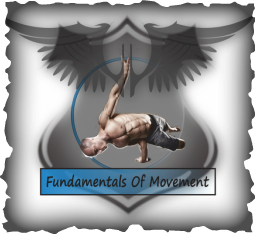
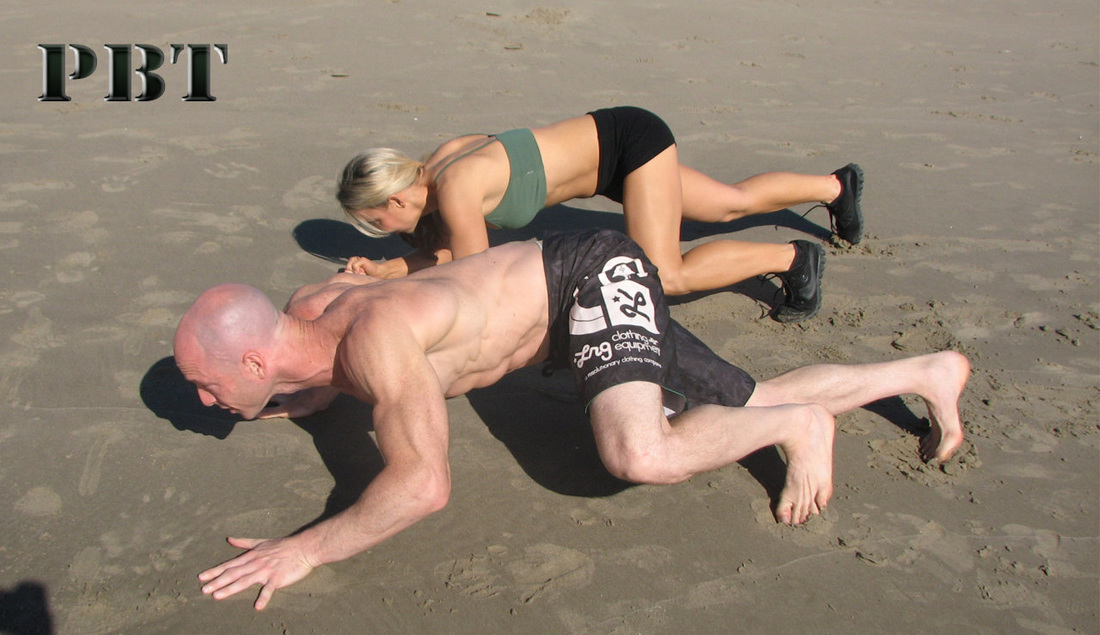
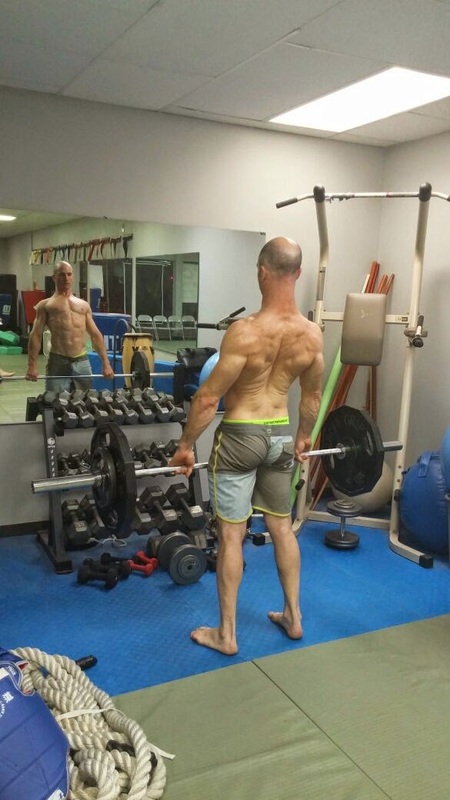
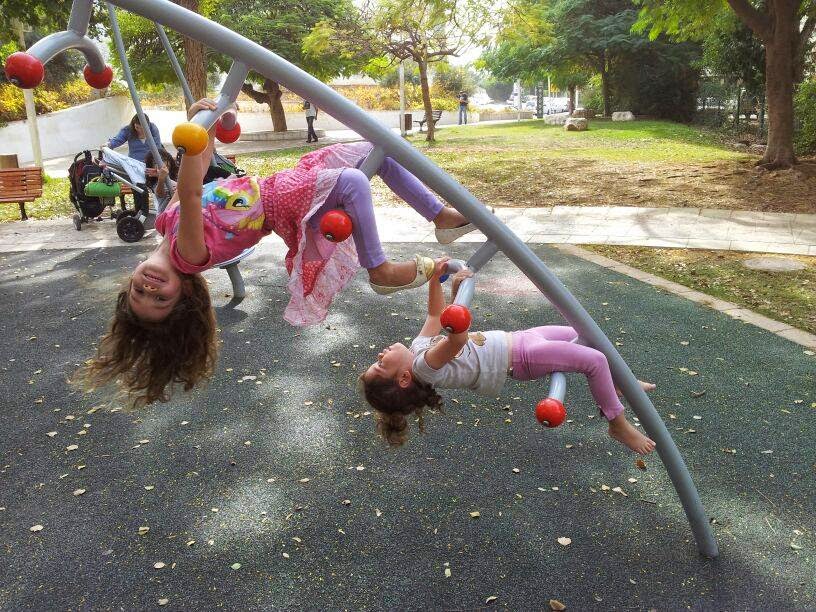

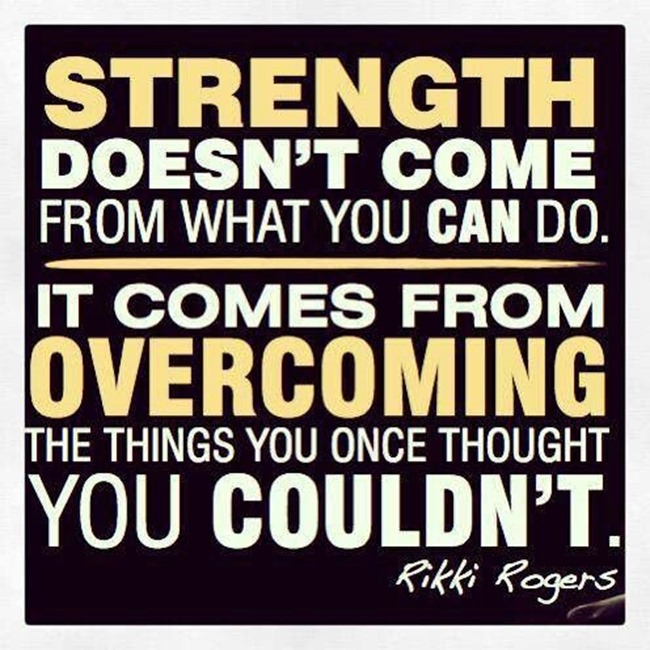
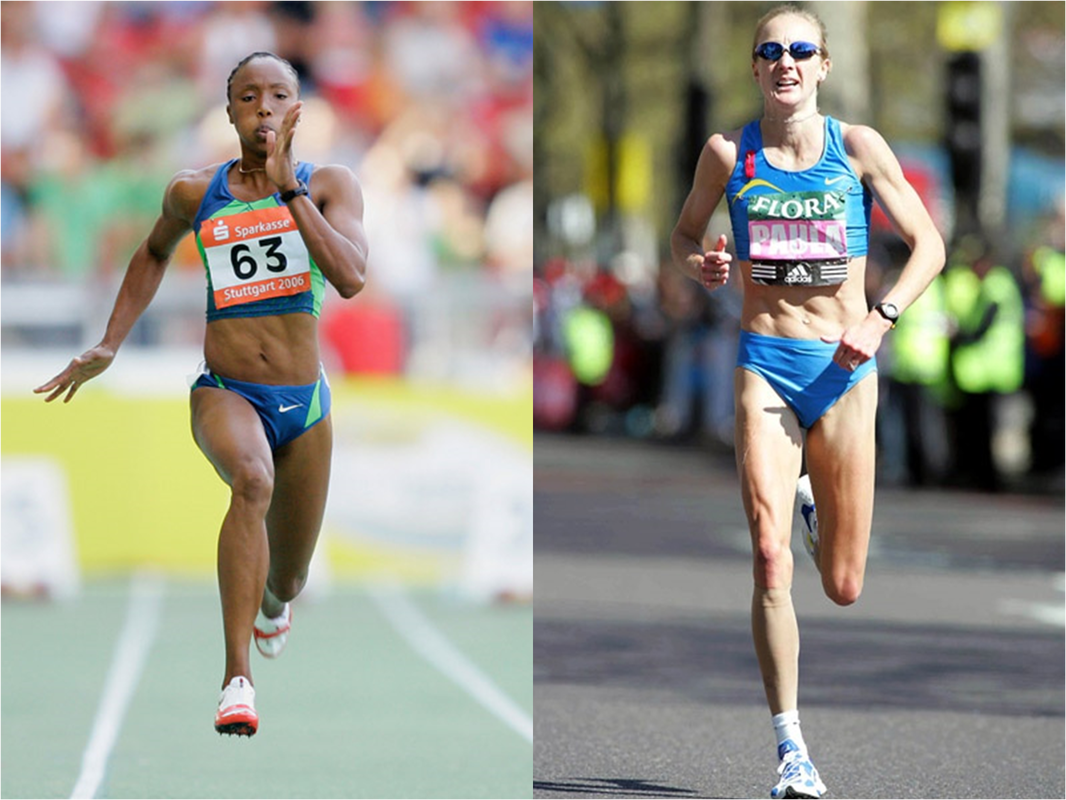
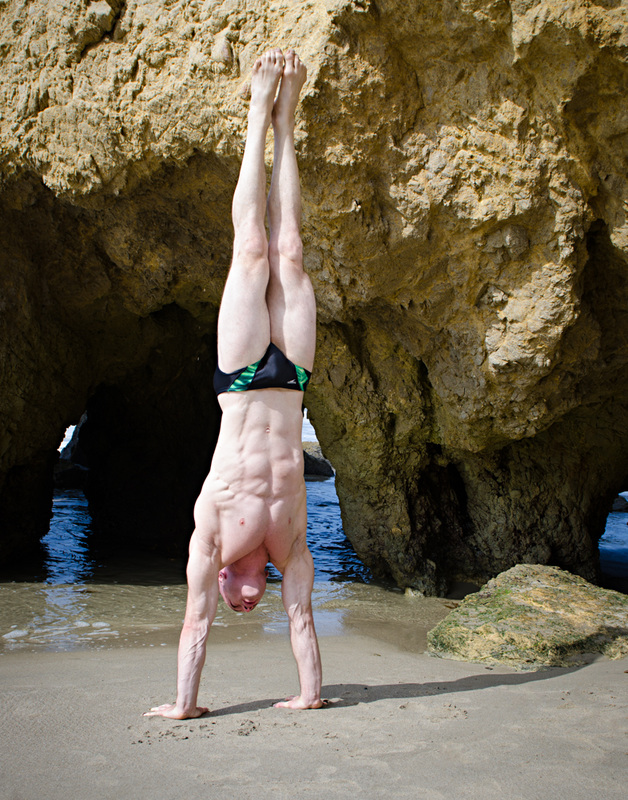
 RSS Feed
RSS Feed
